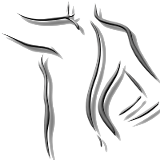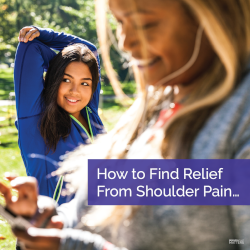
LAVACA COUNTY
CHIROPRACTIC
How to Find Relief From Shoulder Pain

Your shoulder is the most unstable and moveable joint in your body. Its wide range of motion occurs due to four primary muscles and their tendons, called the rotator cuff. If your shoulder becomes inflamed or an impingement happens, you may make the mistake of trying to avoid using your arm to help it heal.
It may surprise you that not moving can contribute to more pain or even lead to a frozen shoulder. Controlled movement is one of the best ways to heal.
Why It Matters:
The tendons are the most common source of shoulder pain. Your tendons attach the muscles of the shoulder to the bones. If a tendon becomes trapped, it can result in shoulder impingement. If a tendon becomes inflamed, you may hear it called tendinitis or bursitis. And if a tendon becomes torn, you guessed it; you have a rotator cuff tear.
- Shoulder Bursitis: If the sac of fluid that cushions your shoulder becomes swollen and painful due to repetitive motions, you may have bursitis.
- Shoulder Impingement: If your tendons get pinched between or under the bones of your shoulder, it can lead to impingement. Lifting overhead repetitively can cause impingement, resulting in swelling and pain.
- Rotator Cuff Tear: Your rotator cuff can become damaged due to overuse, injury, or age. Tears usually cause pain when you try to lift things, and you may hear a popping sound as you move.
Next Steps:
Your shoulder and spine work together. While it may seem like they are two completely different areas, it’s been discovered that postural abnormalities can play a significant role in your likelihood of developing shoulder pain.
Maintaining a full range of motion in your shoulder and spinal joints of your neck and mid-back can help reduce your chances of dealing with shoulder pain. If you have shoulder discomfort or restricted movement, schedule a visit with us today. We’ll work to create a movement-based plan to help you find long-term relief.
by Christopher Freytag, D.C.
Previous Post: Manage Migraines Naturally: Know Your Triggers
Next Post: What’s the Difference Between Your Hip and SI Joint?